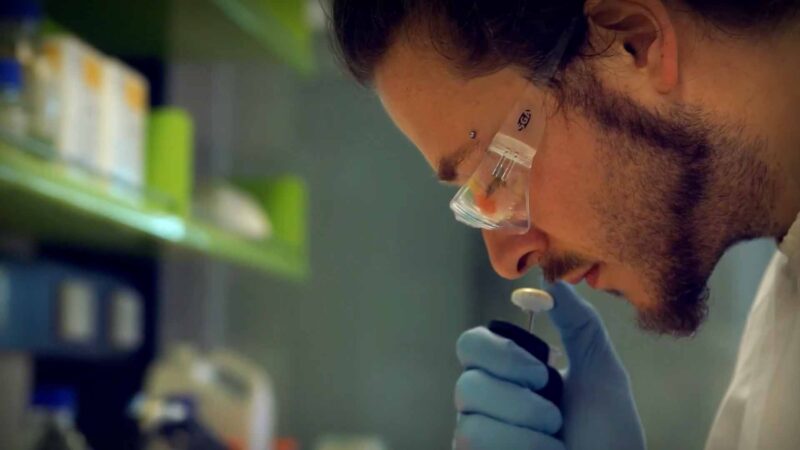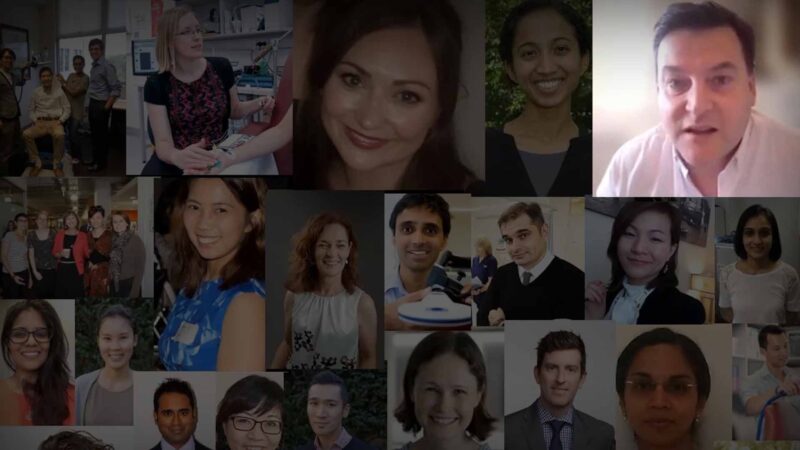The cost of chronic wounds in Australia is estimated to be $3 Billion per year, impacting 420,000 Australians. Not only is this a national economic concern, but more importantly, is the suffering the person may be going through.
Australian Health Journal met with Hayley Ryan, Board Director and Chair at Wounds Australia and Director at WoundRescue to hear her work in chronic wound management, palliative wounds and pressure injury prevention to comfort those living with a wound.
Hayley has over 22 years’ experience in nursing and has 18 of these in wound care during this time. Hayley has a passion for healing wounds as a Clinical Nurse Consultant across Australia and New Zealand.
She gave testimony at the Royal Commission into Aged Care in July 2019, through the Wounds Australia’s submission, on several topics including: wound care statistics, the causes of wounds, prevention of wounds, the use of appropriate wound dressings, substandard wound care, and recommendations to improve wound management within aged care.
In this interview Hayley talks about how she first got interested in wound management before talking through the current issues with wound management in the Australian health system. These issues include access, education and awareness as a health priority.
Hayley also talks about Wounds Australia’s 11 Point Plan. It has been produced to be a clear and effective blueprint for governments to follow. The plan draws on the knowledge and skills of Australia’s top wound care experts to dramatically cut patient numbers and the funds to treat them.
There is a goal in handling the complications of delivering treatment across primary care, community care, hospital and aged care settings turning into a more defined and streamlined process.
In terms of growth in specialist wound care knowledge in health workers, Hayley talks about the education and training pathways health care professionals can take, including through Wounds Australia, Monash University and Wound Rescue.
You Might also like
-
SAHMRI Celebrates 10 Years of Research
SAHMRI represents an exciting and unique statewide concept, bringing together basic and translational research, South Australia’s three universities and the health system. SAHMRI works in collaboration with its partners to provide a clear focal point for health and medical research, including paving the way for new partnerships, innovative research projects and improved health outcomes.
Executive Director, Professor Maria Makrides spoke to Australian Health Journal about 3 achievements in the past 10 years that have had significant impact
International leadership breakthroughs in leukaemia research
Culturally appropriate Indigenous health research and clinical care
Omega 3 fatty acids as a preterm birth prevention -
Generosity of spirit in teaching
The Ramaciotti Medal for Excellence is considered one of the most prestigious awards in biomedical research in Australia and is highly sought after by researchers in the field.
In 2022, Professor Matthew Kiernan was the recipient of the Ramaciotti Medal for Excellence and the associated $50,000 award.
Australian Health Journal spoke with Professor Kiernan to hear about his journey in medicine and science to try and uncover and understand diseases and his generosity of spirit to pass on what he has learnt.
-
Pharmacy led men’s urological health
Men’s urological needs refer to the medical and surgical conditions that affect the male urinary tract system and reproductive organs.
A urologist can address these concerns, however a pharmacy-led model of care developed by Brad Butt, called Mens Health Downunder has offered an alternative to certain urological needs of the male adult population over the past 10 years.
Australian Health Journal met with Brad to hear about his journey, Mens Health Downunder and the impact the pharmacy-led model of care has had on patient’s urological as well as mental health.



